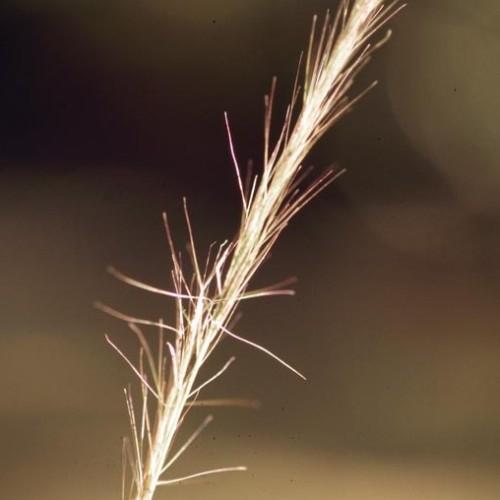
Three Awn
Aristida longespica var. longespica
Also Known As - Slimspike Three Awn GrassWatering:
Minimal
Hardiness Zone:
Flowers:
Flowers
Sun:
Sun
Soil:
Sand
Leaf:
Yes
Growth Rate:
Low
Drought Tolerant:
Yes
Salt Tolerant:
Yes
Care Level:
Medium
watering
Forked Three Awned Grass should be watered deeply once every 2 weeks when the soil is dry. During periods of extreme heat or drought, water the plant more frequently so that the soil remains damp but not saturated. When watering the plant, water only until the moisture reaches the roots. Avoid sprinklers and overhead watering, which can expose the stems to moisture and encourage fungal diseases. After watering, fertilize the soil with a low-concentration balanced fertilizer twice a year and maintain a pH of 6.5 to 7.5.
sunlight
Forked Three Awned Grass (Aristida basiramea) prefers between 5-12 hours of sunlight per day. Ideally, it should receive full sun in the morning and between partial to full shade in the afternoon. It typically grows best in regions where there are hot, humid summers and mild winters. It should be planted in a well-drained soil in an area that receives adequate amounts of sunlight for the majority of the day. Additionally, the grass should be watered regularly so that the soil is damp but not soggy.
pruning
Forked Three Awned Grass should be pruned regularly to maintain vigor. Pruning should occur in spring and again in mid-summer. In the spring, lightly prune off fading seed heads and remove any dead or damaged foliage. Mid-summer pruning should involve cutting back approximately 1/4 of the foliage to encourage new, vigorous growth. Monitor the plant and remove any unwanted shoots or suckers. Make sure to use sharp pruning shears to avoid damaging the remaining foliage. Pruning should be done when the plant is dry to prevent disease from spreading.
